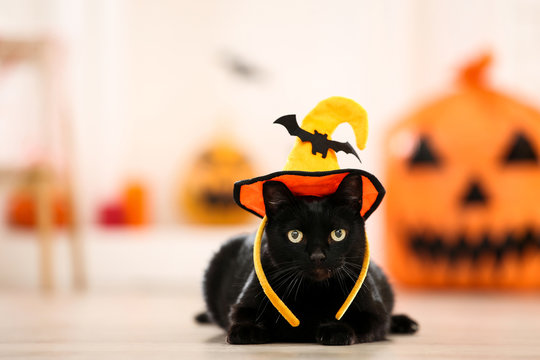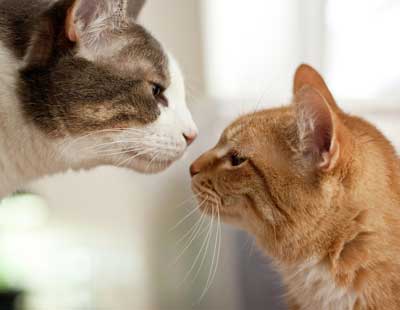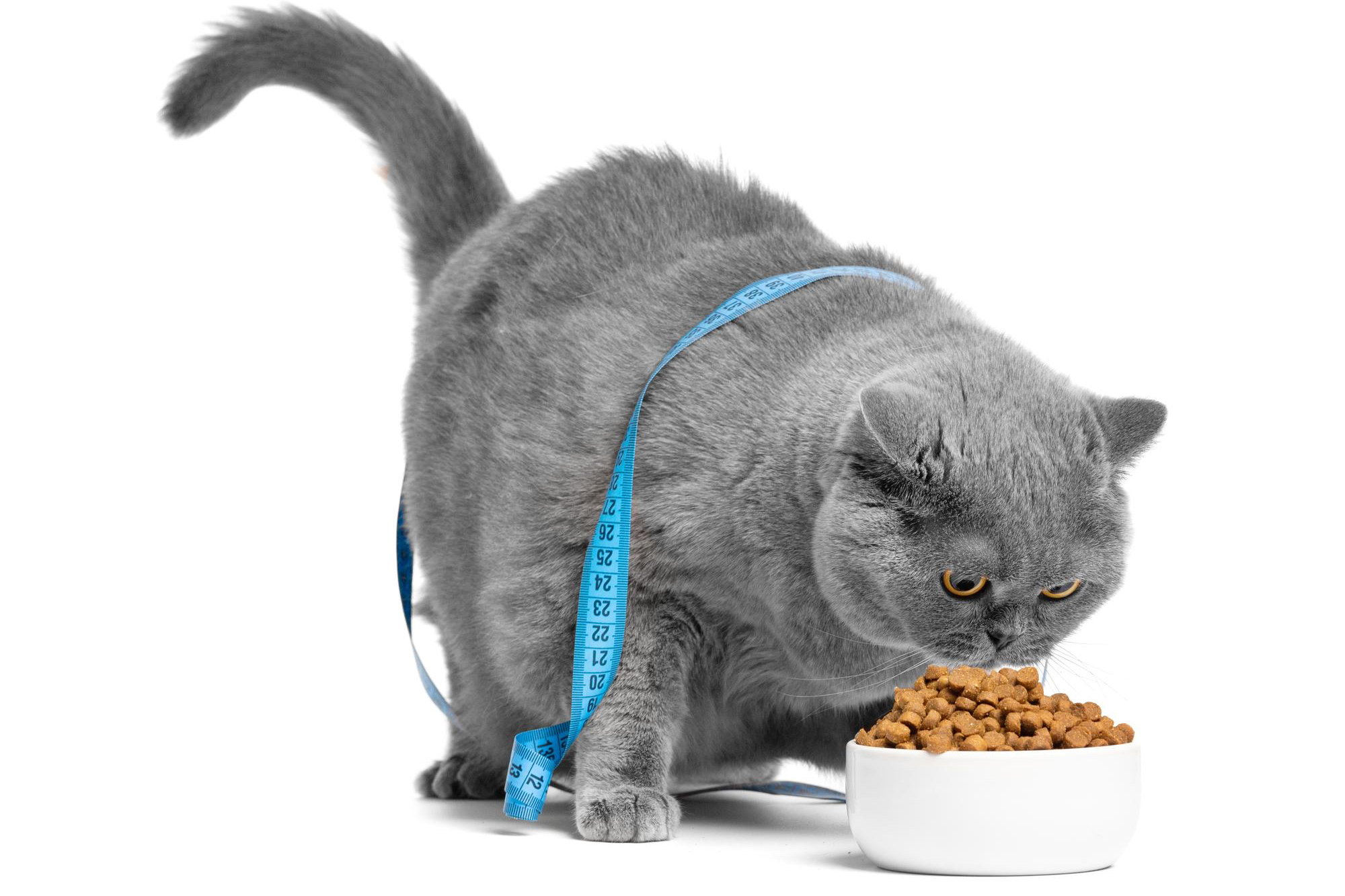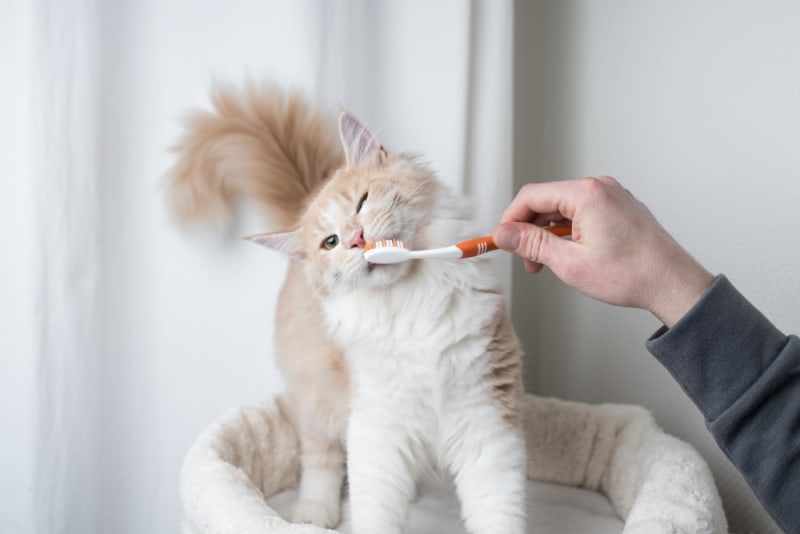Written by Rene Knapp, long time TICA member and dedicated cat lover.
Halloween is fun for people—but for indoor cats it can be a perfect storm of scary sounds, strange smells, and tempting hazards.
From constant doorbell rings to crinkly costumes and spilled candy, the holiday can spike feline stress and create
real Halloween cat safety risks. The tips below focus on keeping your cat calm, comfortable, and safe all night.
Why Halloween Stresses Even Indoor Cats
Cats thrive on predictability. Halloween flips the routine: foot traffic surges, doorways open and close, and unfamiliar
silhouettes appear in masks and capes. These changes can trigger flight-and-hide behaviors, vocalizing, or door-darting.
Doorbells, Knocks & Shouting
Rapid, unpredictable noise spikes raise arousal levels. Even confident cats may pace, pant, or hide under furniture.
Costumes & Scent Changes
Makeup, latex, fog machines, and fabric sprays introduce novel smells that can feel threatening to scent-oriented animals.
Candy, Décor & Open Doors
- Chocolate & xylitol: Toxic to cats; keep candy sealed and out of reach.
- String lights & tinsel: Entanglement and ingestion hazards.
- Open doors: Frequent visitors increase the chance of escapes.
Pre-Halloween Prep: Set Your Cat Up for Success
Create a Safe Room
Choose a quiet interior room with the door closed during peak trick-or-treat hours.
Add a litter box, water, a cozy bed, and a familiar hiding spot (a carrier with a blanket works great).
Sound Masking
Play steady, soft background audio (white noise or calm music) to dampen doorbell and street noise.
Desensitize the Doorbell
In the days before Halloween, pair low-volume doorbell sounds with treats, gradually increasing volume to build positive associations.
Microchip & ID Check
Confirm your cat’s microchip is registered and that your collar ID tag is legible—just in case a door-dash happens.
Halloween Night: Keep Indoor Cats Calm & Safe
Manage the Entryway
- Use a baby gate or exercise pen inside the door to create a “double barrier.”
- Assign one household member as the greeter while another monitors the cat’s safe room.
Hide the Hazards
- Store candy in closed containers; clean up wrappers promptly.
- Secure cords and cover open flames; swap real candles for LEDs.
Comfort Through Choice
Offer multiple resting spots and vertical spaces. Scatter a few treats or a food puzzle to encourage settled behavior.
Consider Calming Aids
Talk to your veterinarian about pheromone diffusers, supplements, or—when appropriate—short-term anxiolytics for highly anxious cats.
Costumes for Cats? Do This Instead
If you dress your cat, keep sessions brief, use soft, non-restrictive apparel, and watch for signs of stress (freezing, ears back, tail tucked).
Photos are adorable—but your cat’s comfort comes first.
After the Last Trick-or-Treater
- Do a quick sweep for dropped candy, wrappers, or décor pieces.
- Return the home to its normal configuration to lower stress faster.
- Offer a calm play session to burn off residual energy.
Halloween Cat Safety FAQs
Is chocolate dangerous for cats?
Yes. Theobromine and caffeine in chocolate can be toxic. Call your vet immediately if ingestion is suspected.
My cat hides all night—should I intervene?
Provide resources nearby and let them choose. Forcing interaction can increase stress.
Are glow sticks safe?
They’re not usually toxic but can cause drooling and irritation. Keep them out of reach.






















































































